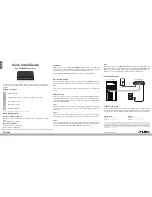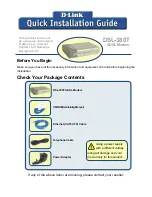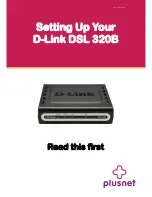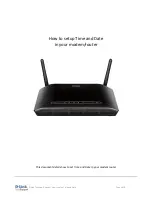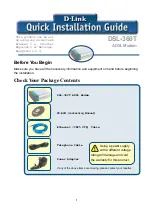
MPM-1000A Operator Manual
1000-7075 Rev E
8-3
8.2 NCW Signals
The NCW defines three (3) basic burst or slot types, each with specific functions of
communication between NMs. Each burst type is further broken down into elements and
fields that contain specific information:
a. Reference Forward Orderwire (RFOW).
b. Return Orderwire (ROW), which can either be:
1) Assigned (AROW).
2) Contention (CROW).
c. Data Communications (DCOM).
The NC provides control of network and network system operations using the RFOW) in
a pre-defined RFOW channel. The NMs return communication to the NC and other NMs
using ROW.
8.2.1 Reference Forward Orderwire (RFOW)
The RFOW is a synchronization burst sent at a determined rate called an NCW “frame.”
In NCW, a new frame occurs every 0.40 seconds. The RFOW carries network
synchronization information required by the NMs to login and maintain access to the
network. The NC will broadcast a RFOW burst at a data rate and with waveform
characteristics that allow reception by the least advantaged Terminal anticipated to join
the network. RFOW bursts may be used to direct messages to specific Terminals, as
determined by the NC‟s network management requirements. The general purpose of
the RFOW is to:
•
Establish and maintain network timing
•
Advise nodes of communication operating parameters
•
Respond to login/logout requests and direct logouts
•
Respond to resource requests and manage services
•
Send short messages
•
Request node configuration, performance, and status
•
Perform link management for all communications
8.2.2 Return Orderwire (ROW)
Each NM signals the NC and other nodes in the network using a Return Orderwire
(ROW) channel. The general purpose of the ROW is to:
•
Request node login and logout
•
Request resource allocations
•
Send short messages
•
Acknowledge message/data reception
•
Submit node and communication status/performance
•
Submit configuration reports
There are two (2) ROW categories: AROW and CROW.































